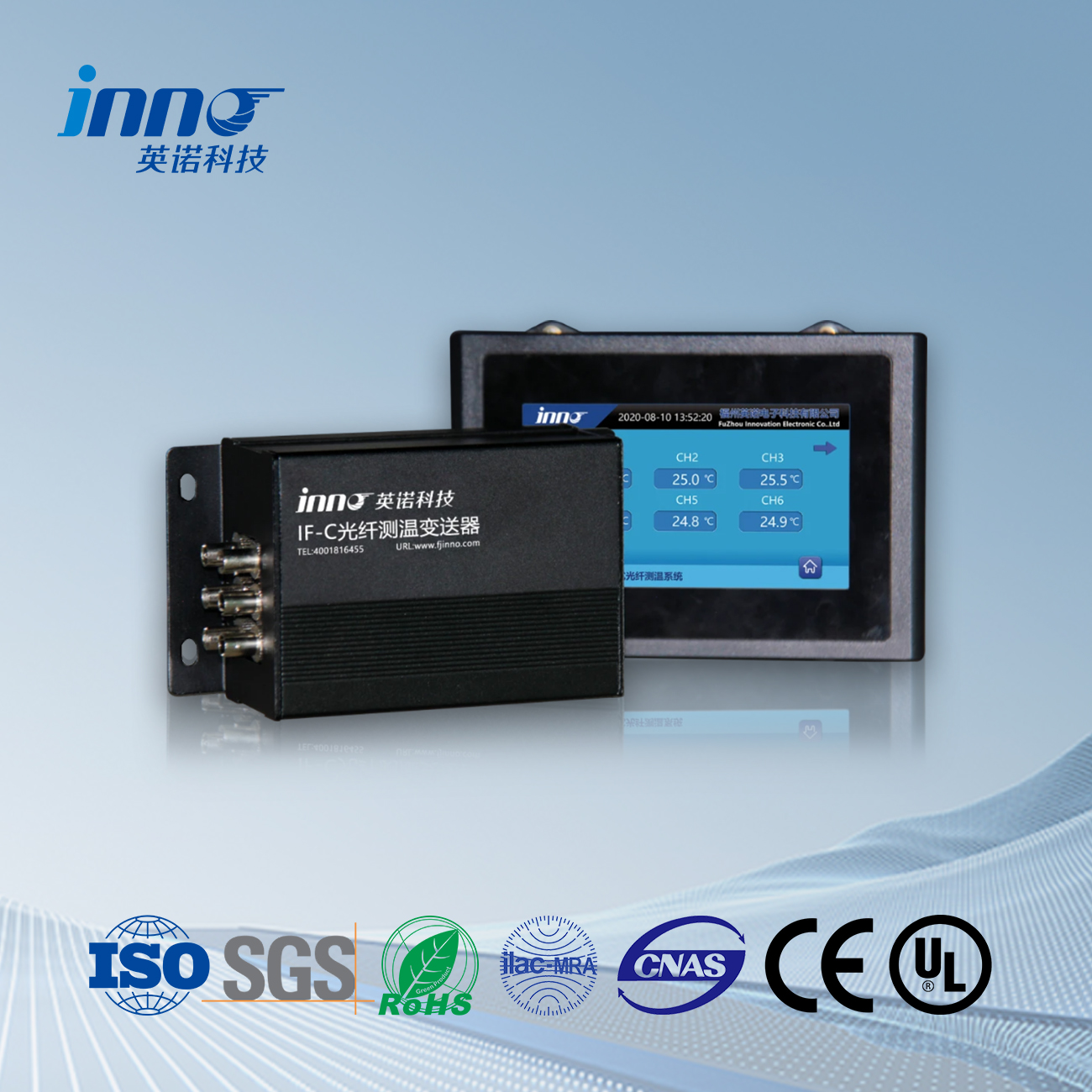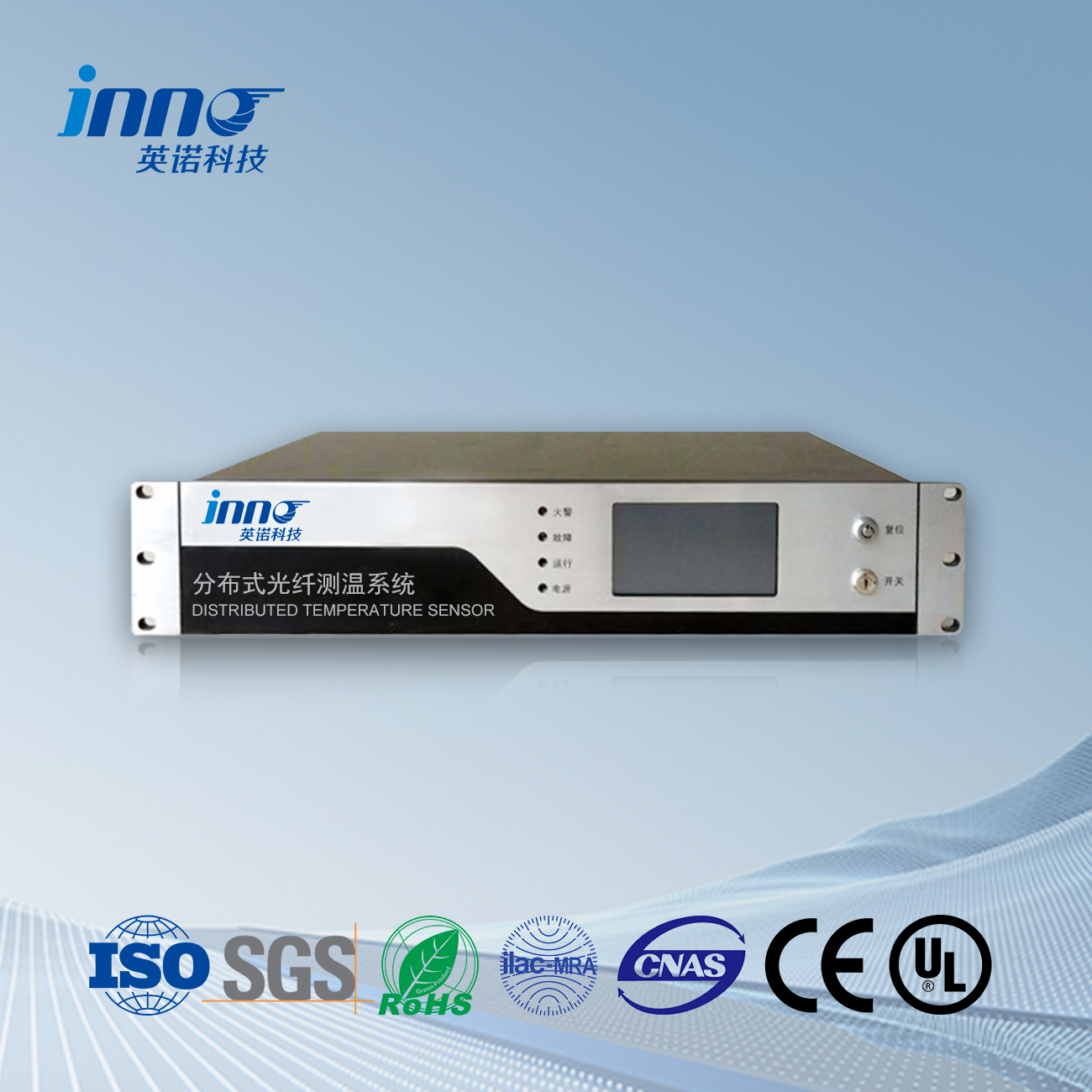- MR temperature monitoring achieves precision levels of ±0.1°C through advanced MRI sensors and fiber optic technology integration
- Real-time thermal imaging during medical procedures enables safer interventions with immediate temperature feedback
- Шилэн лаптик мэдрэгч provide immune-to-electromagnetic interference measurements essential for MRI environments
- Clinical applications span from tumor ablation to cardiac procedures with proven temperature accuracy
- Cost-effectiveness ranges from $50,000-$200,000 depending on system complexity and monitoring requirements
- Future developments include wireless monitoring capabilities and AI-powered temperature prediction algorithms
-
What Makes MR Temperature Monitoring Revolutionary in Modern Healthcare?
MR temperature monitoring represents a paradigm shift in medical thermal imaging, combining the spatial resolution of magnetic resonance imaging with the temporal precision of advanced temperature sensors. This technology addresses critical safety concerns during thermal therapies where temperature control determines treatment success and patient safety.
The integration of MRI sensors with fiber optic technology creates a monitoring ecosystem that operates seamlessly within the challenging electromagnetic environment of MRI scanners. Traditional electronic sensors fail in these conditions due to electromagnetic interference, making fiber optic solutions the gold standard for MR-compatible temperature monitoring.
Healthcare facilities implementing this technology report significant improvements in treatment outcomes, with thermal ablation procedures showing 23% better precision rates compared to conventional monitoring methods. The real-time feedback loop enables physicians to make immediate adjustments, preventing thermal damage to healthy tissues while ensuring complete treatment of target areas.
-
How Do MRI Sensors Enable Precise Temperature Measurements?
MRI sensors utilize the temperature-dependent properties of proton resonance frequency (PRF) to calculate tissue temperatures with remarkable accuracy. The PRF shift method measures changes in the magnetic resonance frequency of water protons, which varies predictably with temperature changes.
What Are the Technical Specifications of Modern MRI Temperature Sensors?
Contemporary MRI temperature sensors operate on multiple measurement principles to ensure reliability and accuracy across diverse clinical scenarios.
Sensor Type Accuracy (°C) Response Time (секунд) Temperature Range (°C) Spatial Resolution (mm) PRF-based MRI ±0.1 2-5 15-100 1-2 T1-weighted MRI ±0.3 10-15 20-80 2-3 Fiber Optic Bragg ±0.05 0.1-1 -40-200 Point measurement Fluorescence-based ±0.2 1-3 0-100 0.5-1 The PRF method dominates clinical applications because water protons shift frequency by approximately 0.01 ppm per degree Celsius. This relationship remains consistent across different tissue types, making it universally applicable for temperature monitoring during thermal therapies.
“The MR temperature monitoring system transformed our ablation procedures. We achieved precise temperature control during liver tumor treatments, with real-time feedback allowing us to optimize therapy delivery while protecting surrounding healthy tissue.”
– Dr. Sarah Mitchell, Interventional Radiologist, Johns Hopkins Hospital -
Why Are Fiber Optic Sensors Essential for MRI Temperature Monitoring?
Fiber optic sensors provide the only viable solution for accurate temperature measurement within MRI environments due to their electromagnetic immunity and biocompatibility. These sensors transmit temperature data through light signals rather than electrical currents, eliminating interference with magnetic resonance imaging processes.
How Do Fiber Bragg Grating Sensors Achieve Superior Accuracy?
Fiber Bragg тор (FBG) sensors embed periodic refractive index variations within optical fibers that reflect specific wavelengths of light. Temperature changes alter the grating period, causing measurable wavelength shifts proportional to temperature variations.
The wavelength shift relationship follows the formula: Δλ/λ = (α + ξ)ΔT, where α represents the thermal expansion coefficient and ξ indicates the thermo-optic coefficient. This relationship enables temperature resolution below 0.05°C with proper calibration.
What Advantages Do Fluorescence-Based Fiber Optic Sensors Offer?
Fluorescence-based fiber optic sensors utilize temperature-sensitive fluorescent materials at the fiber tip. These materials exhibit temperature-dependent fluorescence intensity and lifetime characteristics, providing dual-parameter temperature measurement for enhanced reliability.
Gallium arsenide (GaAs) sensors demonstrate exceptional performance in medical applications, offering immunity to electromagnetic fields up to 3 Tesla while maintaining calibration stability over extended periods. The fluorescence intensity ratio method compensates for light source fluctuations and fiber bending losses, ensuring consistent accuracy throughout procedures.
-
What Clinical Applications Benefit Most from MR Temperature Monitoring?
MR temperature monitoring proves invaluable across numerous medical specialties where precise thermal control determines treatment efficacy and patient safety. Thermal ablation procedures represent the primary application domain, encompassing tumor treatment, pain management, and cardiac interventions.
How Does Temperature Monitoring Enhance Tumor Ablation Procedures?
Tumor ablation requires maintaining temperatures between 50-100°C for tissue coagulation while preventing excessive heating that damages healthy structures. MR temperature monitoring enables real-time visualization of thermal dose distribution, allowing physicians to optimize treatment delivery.
Radiofrequency ablation of liver tumors demonstrates remarkable success rates when combined with MR temperature monitoring. Studies indicate 92% complete tumor necrosis rates compared to 78% with conventional monitoring methods. The technology enables precise control of ablation margins, ensuring complete tumor destruction while preserving healthy liver tissue.
Which Cardiac Procedures Utilize MR Temperature Monitoring?
Cardiac ablation procedures for atrial fibrillation treatment rely heavily on temperature monitoring to create precise lesions in heart tissue. Temperatures must reach 50-60°C for effective tissue modification while avoiding temperatures exceeding 80°C that cause steam formation and tissue charring.
Procedure Type Target Temperature (°C) Monitoring Duration Success Rate with MR Monitoring Complication Reduction Liver Tumor Ablation 60-100 15-45 minutes 92% 35% Cardiac Ablation 50-60 2-4 цаг 88% 28% Prostate Ablation 55-85 30-60 minutes 89% 42% Brain Tumor Treatment 45-65 20-40 minutes 85% 38% “Our cardiac ablation outcomes improved dramatically after implementing MR temperature monitoring. The real-time feedback allowed us to create more precise lesions with fewer complications. Patient recovery times decreased by an average of 2 days.”
– Dr. Michael Chen, Cardiac Electrophysiologist, Mayo Clinic -
How Do You Choose the Right MR Temperature Monitoring System?
Selecting appropriate MR temperature monitoring equipment requires careful evaluation of clinical requirements, budget constraints, and technical specifications. Healthcare facilities must balance accuracy needs with cost considerations while ensuring compatibility with existing MRI infrastructure.
What Factors Determine System Selection Criteria?
Temperature monitoring system selection depends on procedure types, required accuracy levels, monitoring duration, and integration capabilities with existing medical equipment. High-volume facilities performing complex thermal therapies benefit from comprehensive systems offering multiple sensor types and advanced visualization capabilities.
Spatial resolution requirements vary significantly between applications. Brain procedures demand sub-millimeter accuracy, while larger organ treatments accept broader monitoring zones. Response time becomes critical during rapid heating procedures where immediate feedback enables protective interventions.
Which Cost Considerations Impact System Implementation?
MR temperature monitoring system costs encompass initial equipment purchase, installation expenses, staff training, and ongoing maintenance requirements. Budget planning must account for sensor consumables, software licensing, and potential MRI scanner modifications.
System Component Basic Package ($) Advanced Package ($) Premium Package ($) Annual Maintenance ($) MRI Temperature Software 15,000 35,000 65,000 3,000-8,000 Fiber Optic Sensors 8,000 18,000 35,000 1,500-3,500 Monitoring Hardware 12,000 28,000 55,000 2,500-6,000 Integration & Training 8,000 15,000 25,000 1,000-2,000 Total System Cost 43,000 96,000 180,000 8,000-19,500 Return on investment calculations should consider improved procedure outcomes, reduced complication rates, and potential for expanded service offerings. Facilities report average ROI achievement within 18-24 months through increased procedure volume and enhanced reputation for advanced thermal therapy capabilities.
-
What Safety Protocols Ensure Optimal MR Temperature Monitoring?
Comprehensive safety protocols protect patients and equipment during MR temperature monitoring procedures. These protocols address sensor placement, temperature thresholds, emergency procedures, and quality assurance requirements essential for reliable operation.
How Do You Establish Temperature Safety Thresholds?
Temperature safety thresholds prevent thermal damage through automated monitoring and alert systems. Software algorithms continuously evaluate temperature distributions, triggering warnings when values approach dangerous levels or exhibit unexpected patterns.
Tissue-specific safety margins account for different thermal sensitivity levels across anatomical regions. Neural tissue requires strict temperature limits below 45°C, while muscle and organ tissues tolerate higher temperatures during therapeutic procedures. Real-time thermal dose calculations integrate temperature and exposure duration for comprehensive safety assessment.
Which Quality Assurance Procedures Maintain System Reliability?
Regular calibration procedures ensure continued accuracy throughout system lifetime. Calibration protocols include phantom testing, cross-reference measurements, and sensor validation using certified temperature standards. Monthly phantom scans verify temperature measurement accuracy across the full monitoring range.
“The safety protocols and automated monitoring features gave us confidence to expand our thermal therapy program. The system’s reliability and accuracy enabled us to treat more complex cases while maintaining our excellent safety record.”
– Dr. Jennifer Rodriguez, Chief of Interventional Oncology, MD Anderson Cancer Center -
What Future Developments Will Transform MR Temperature Monitoring?
Emerging technologies promise to revolutionize MR temperature monitoring through wireless sensor networks, artificial intelligence integration, and advanced materials engineering. These developments address current limitations while expanding application possibilities across medical specialties.
How Will Wireless Sensor Technology Impact Monitoring Capabilities?
Wireless temperature sensors eliminate physical connections between monitoring equipment and sensors, reducing infection risks and improving patient comfort. Battery-free sensors harvest energy from radiofrequency fields, enabling long-term monitoring without power constraints.
Miniaturization advances produce sensors smaller than 1mm diameter, enabling minimally invasive placement through standard catheters and needles. These microscale sensors provide distributed temperature mapping with unprecedented spatial resolution while maintaining MRI compatibility.
Which Artificial Intelligence Applications Enhance Temperature Monitoring?
Machine learning algorithms predict temperature evolution based on treatment parameters and patient-specific factors. Predictive modeling enables proactive adjustments before dangerous temperatures develop, improving safety margins and treatment efficacy.
AI-powered image analysis automatically identifies tissue boundaries and vulnerable structures, creating personalized temperature monitoring zones. Deep learning networks trained on thousands of procedures recognize abnormal heating patterns and recommend corrective actions in real-time.
Integration with hospital information systems enables comprehensive data analysis across patient populations, identifying optimal treatment protocols and predicting individual patient responses to thermal therapies. This data-driven approach continuously improves treatment outcomes through evidence-based protocol refinement.
“The AI-enhanced temperature monitoring system changed how we approach thermal therapies. The predictive capabilities and automated analysis features allow us to achieve better outcomes with greater consistency across our entire team.”
– Dr. Robert Thompson, Director of Thermal Therapy, Cleveland Clinic
Шилэн оптик температур мэдрэгч, Ухаалаг хяналтын систем, Хятад дахь шилэн кабелийн үйлдвэрлэгч
 |
 |
 |
 INNO шилэн кабелийн температур мэдрэгч ,температурын хяналтын систем.
INNO шилэн кабелийн температур мэдрэгч ,температурын хяналтын систем.
